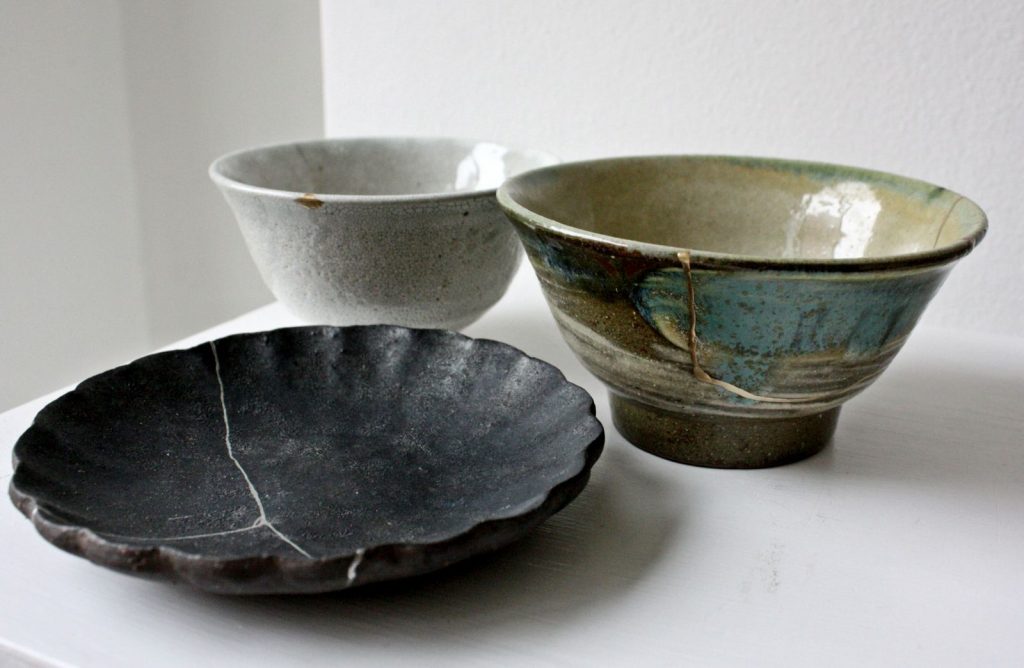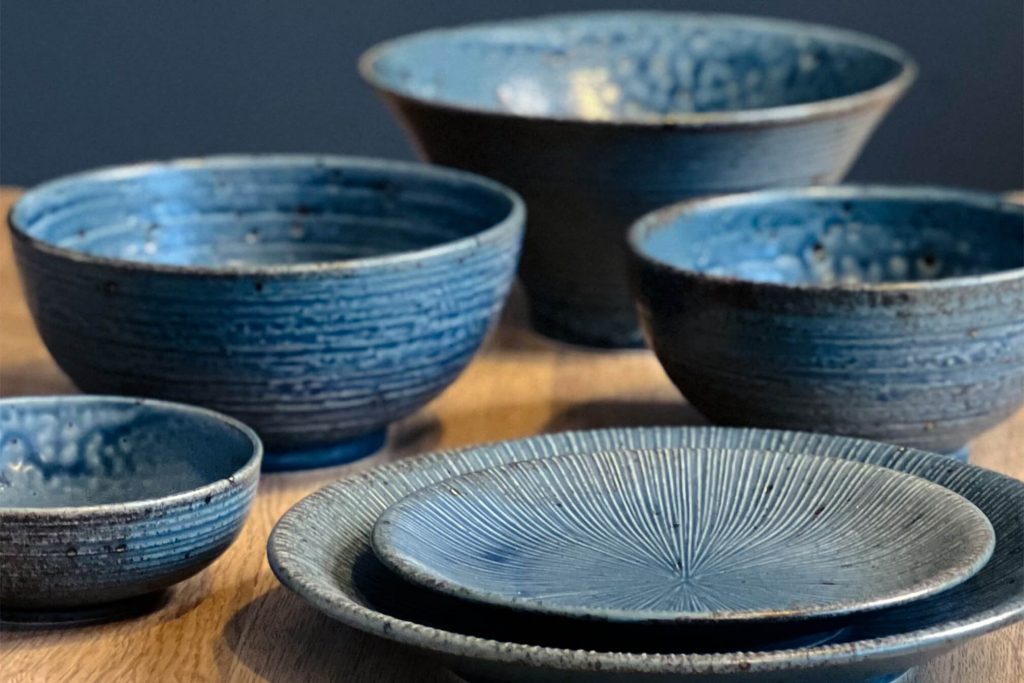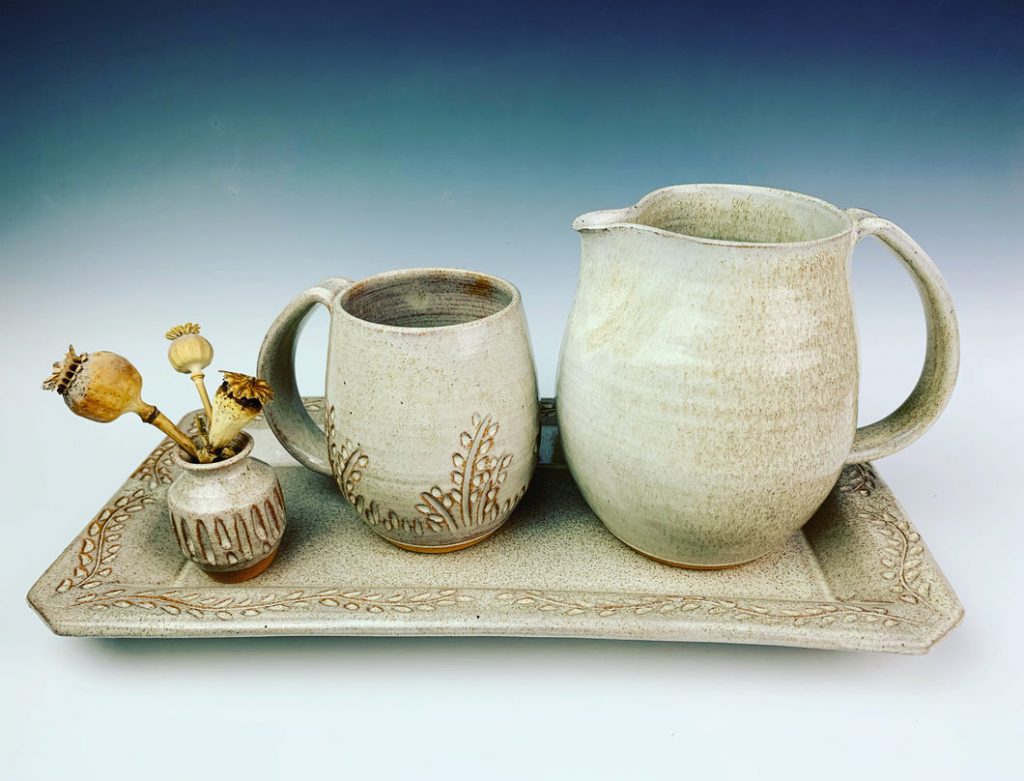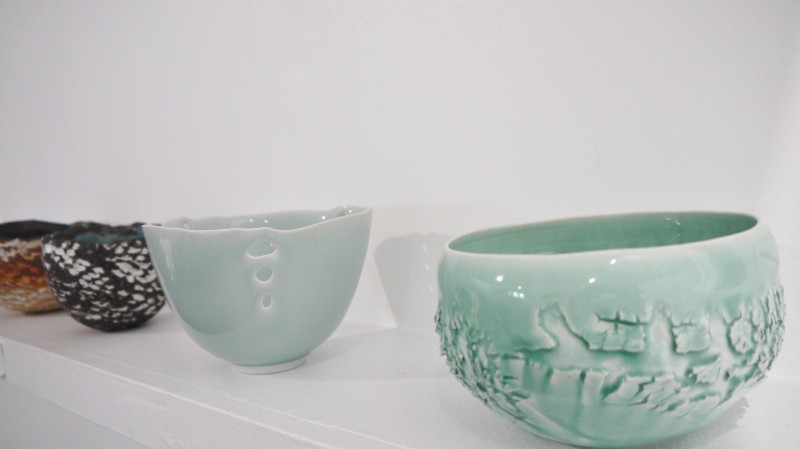Base
Earthenware is a glazed or unglazed non-vitreous ceramic that is usually fired below 1200 °C (2190 °F). Basic earthenware, often called terracotta, absorbs liquids, such as water. However, earthenware can be made impermeable to liquid by coating it with a ceramic glaze, which is the vast majority of modern domestic earthenware. The main other important types of ceramics are porcelain, bone china, and earthenware, all of which are fired at temperatures high enough for glazing.
Earthenware includes “most building bricks, almost all European pottery down to the seventeenth century, most Egyptian, Persian, and Near Eastern wares; Greek, Roman and Mediterranean, as well as some of Chinese; and the fine earthenware which forms the greater part of our tableware today” (“today” — 1962). The pottery fired in the pit dates back to 29,000–25,000 BC. years Outside of East Asia, porcelain began to be made only from the 18th century AD, and at first as an expensive luxury.
After firing, earthenware becomes opaque and non-vitreous, soft and can be scratched with a knife. The European Union Combined Nomenclature describes it as being made of selected clays, sometimes mixed with feldspars and varying amounts of other minerals, and white or light in color (ie slightly greyish, cream or ivory).

Characteristics of earthenware
As a general rule, clay bodies exhibit higher ductility than most whiteware bodies, and are therefore easier to shape with a RAM press, roller, or potter’s wheel than bone china or porcelain.
Due to its porosity, earthenware with a water absorption of 5-8% must be glazed for waterproofing. Earthenware has a lower mechanical strength than bone china, porcelain, or ceramics, and therefore wares are usually made with a thicker cross-section, although they still chip more easily.
Darker-colored terracotta earthenware, typically orange or red due to its relatively high iron oxide content, is widely used for flower pots, tiles, and some decorative and ovenware.
Production of dishes from clay
The general composition of modern earthenware consists of 25% kaolin, 25% layered clay, 35% quartz and 15% feldspar.
Modern earthenware may be bisque (or “biscuit”), fired at temperatures between 1,000 and 1,150 °C (1,830 and 2,100 °F) and glazed (or “glazed”) fired to 950–1,050 °C (1,740–1,920 °C F), which is common practice in factories and some potteries. Some studio potters follow the reverse practice, with a low temperature bisque firing and a high temperature gloss firing. The firing schedule will be determined by the raw materials used and the desired characteristics of the finished dish.

Historically, such high temperatures were unattainable in most cultures and periods until modern times, although Chinese pottery was far ahead of other cultures in this regard. Earthenware can be produced at firing temperatures as low as 600 °C (1,112 °F), and many clays cannot be fired successfully above about 1,000 °C (1,830 °F). Many historic ceramics were fired at temperatures around 800 °C (1470 °F), which introduced a large margin of error when there was no precise way to measure the temperature and the highly variable kiln conditions.
After firing, most earthenware is colored white, dark red or red. For red earthenware, the firing temperature affects the color of the clay body. Lower temperatures produce the typical red terracotta color; a higher temperature will turn the clay brown or even black. Higher firing temperatures can cause faience to swell.
Proper storage
Handmade earthenware is rapidly gaining popularity, and this is natural: a modern person, surrounded by technology, strives for naturalness and simplicity. However, you can often hear new users complaining about ceramic products: they allegedly leak, quickly crack and mold, break easily… How did our ancestors use them? Did they change jars and pots after one or two uses? No, they simply knew that hand-made dishes should not be exposed to a sharp temperature change (for example, from a refrigerator to a hot oven), because microcracks may form on the products and they will become brittle; that clay dishes must be moistened before use, and dried well afterwards… Forgotten knowledge became the secret of a long and pleasant use of ceramics, which we are happy to share with you. So go for it!

You can use earthenware in electric and gas ovens. However, we recommend placing it in a cold oven and gradually heating it to the required temperature. If porcelain or earthenware cracks at high temperatures, ceramics will only become stronger. Earthenware can regulate temperature and humidity by itself. And it does it no worse than a thermos. Yes, compote left in a jar will remain cool even in the sun, and tea or coffee in a clay kettle will be warm for several hours. Clay dishes are also ideal for storing food. Previously, when there were no refrigerators, milk in a jug could stand without turning sour for three to four days, and jam and pickles were stored in clay pots without lids for almost a year. If you store flour in pots, bugs will not start there.
In ceramic dishes, you can cook meat, fish, vegetables and bake culinary products without adding fats. The technology is simple and does not require special knowledge.
Each time before use, clay dishes must be filled with cold water. In 10 minutes (as soon as you prepare the products), drain the water, put the preparations in the pots, close the lid tightly, put it in the oven and, gradually heating it, cook at a temperature of 225-250 ° C for 35 to 55 minutes (the structure of the clay is such that it first absorbs absorbs moisture, and then gives it away). Then serve the hot dish to the table.

Thus, if you want earthenware to retain its useful properties and serve you for a long time, you must follow the following rules for its use:
- before the first use, wash in warm water, fill with boiling water, drain when cool;
- wash after use only in warm water with the addition of mustard powder or soda;
- the dishes must dry completely (do not cover with a lid so that mold does not form);
- do not use for cooking on an open flame.
If you follow these simple rules, we guarantee that ceramic dishes will serve you faithfully for a very, very long time.
